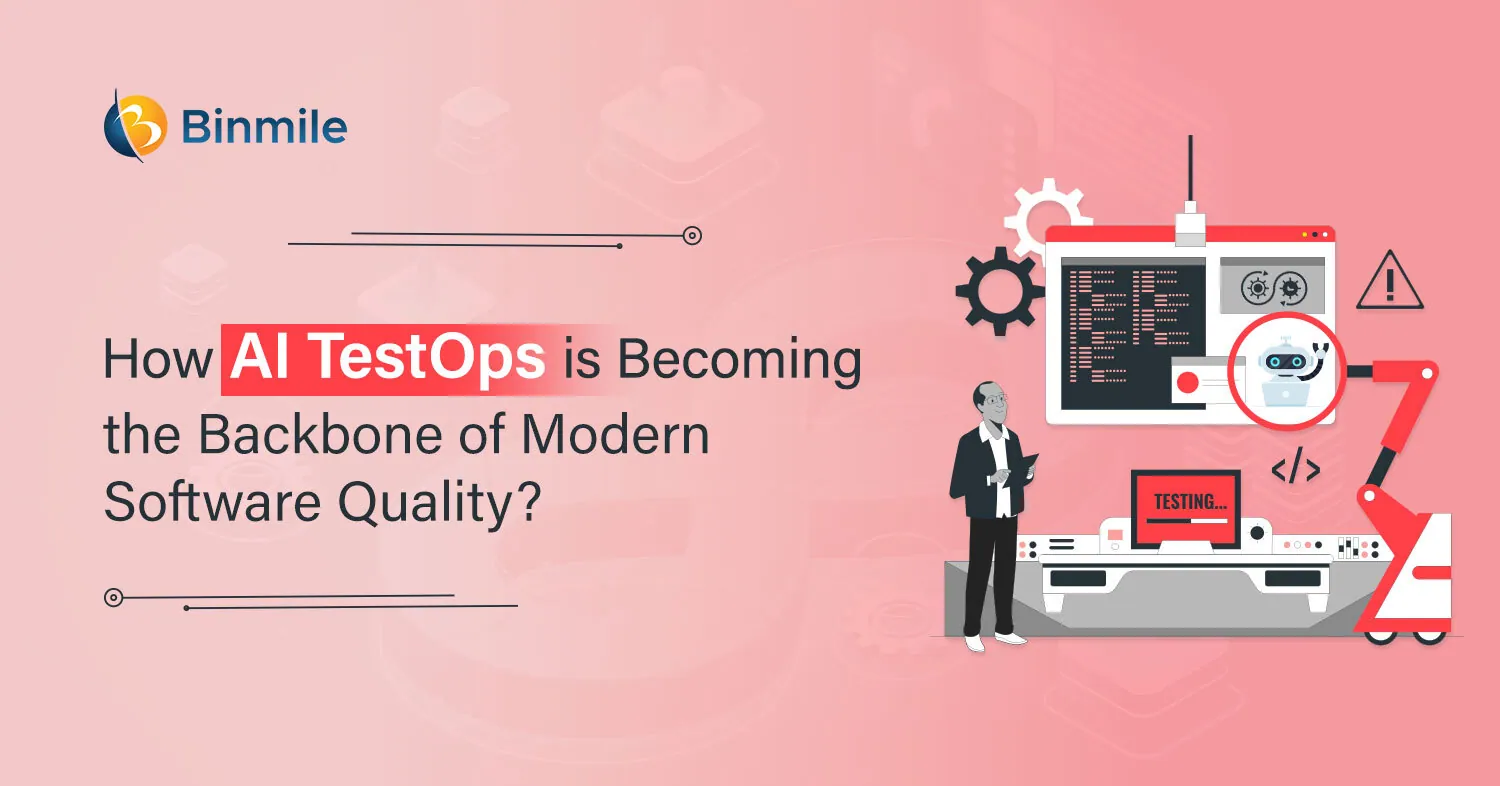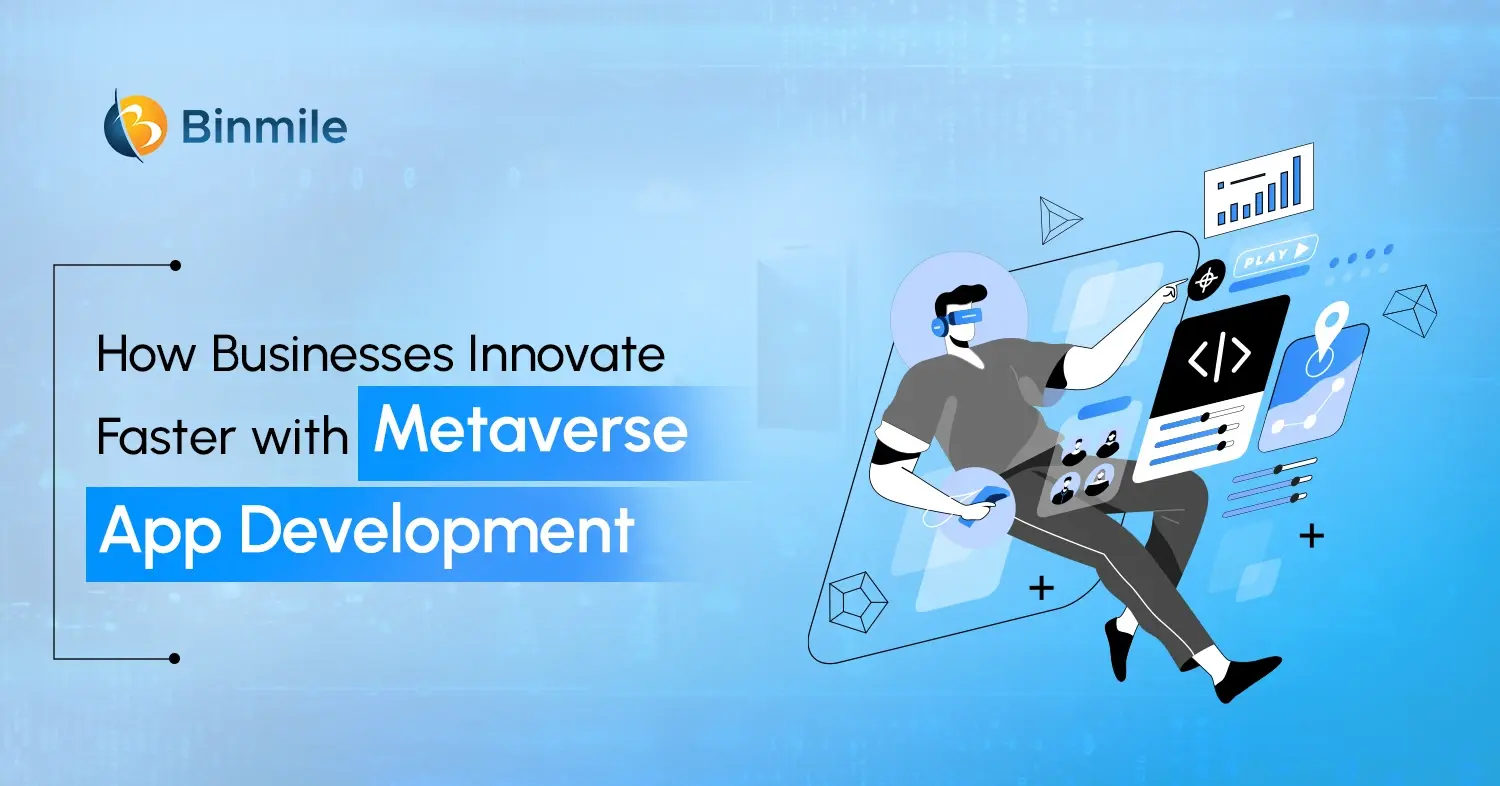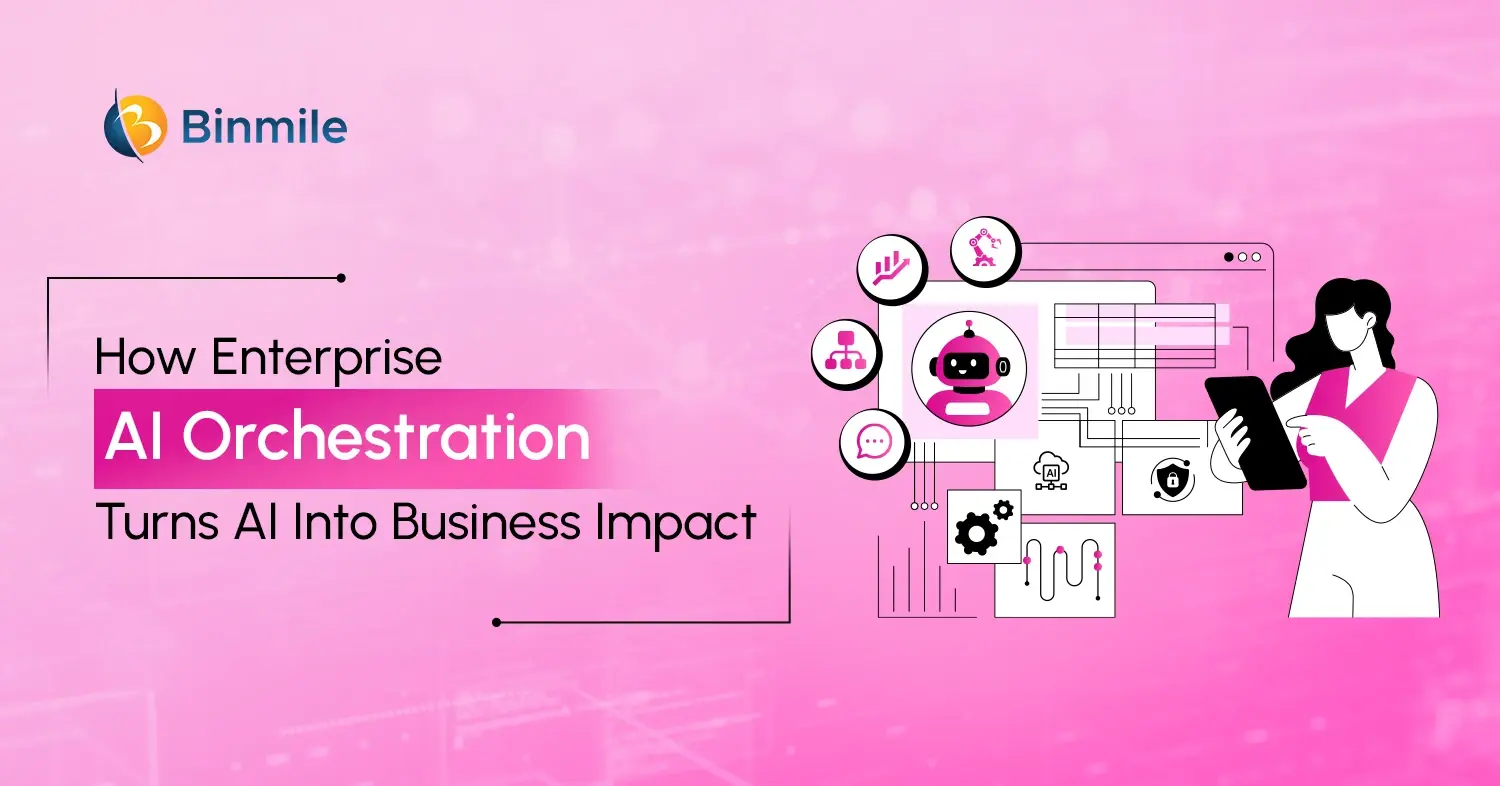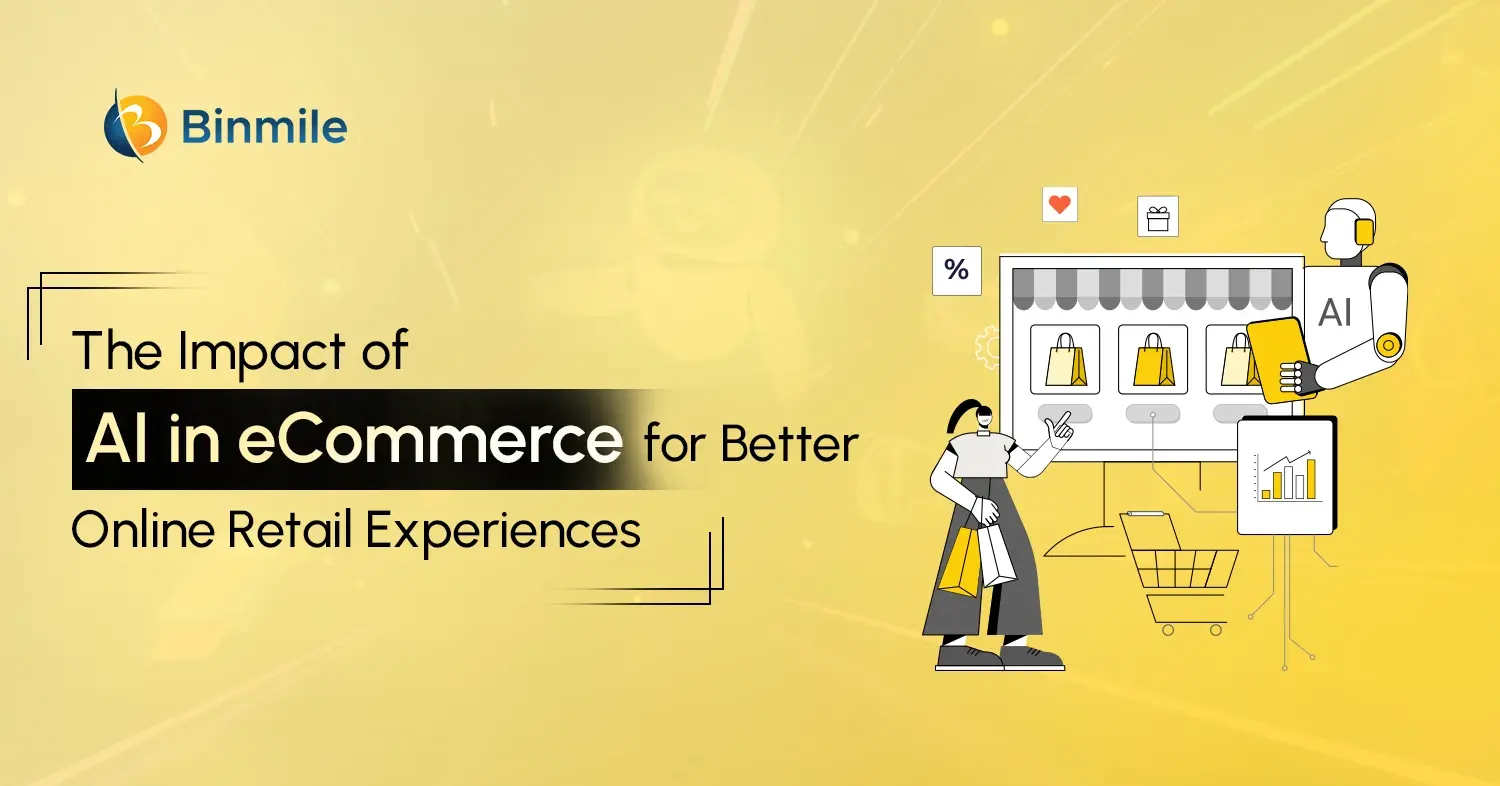We’ve spent years obsessing over how fast we can develop and deploy code. We’ve built rocket-speed CI/CD pipelines. Releases happen daily, sometimes even hourly. However, despite this incredible velocity, one thing has consistently lagged: Testing and QA.
Testing remains the bottleneck in most modern development cycles. Developers hate writing test cases. Quality Assurance (QA) Teams are often overwhelmed by the task of regression testing. Manual tests take time, automation scripts break frequently, and reporting is a total nightmare. Worst of all, bugs still find their way into production. Some minor, some app-breaking, but all costly. One missed defect can crash your application, damage brand trust, or lead to mass user uninstalls with just one click.
But this narrative is beginning to shift in 2025. AI TestOps is on the rise, promising to revolutionize the way we test software, making testing faster, smarter, and more reliable.
What is AI TestOps in Quality Assurance?
Let’s break it down!
AI TestOps = AI + Testing + DevOps

This is a new and smarter way to check if software or a product works as intended. An artificial intelligence (AI) is taking care of the whole testing process from start to finish. Instead of people having to manually test every module or feature, the AI can do most or even all of it by itself. In short, AI takes over the testing work so things get done faster and more accurately, without the need for people to step in at every stage. Here’s what it looks like:
No more unreliable test scripts. No more waiting hours for tests to finish. No more trying to figure out what went wrong and why. AI TestOps handles testing smartly and automatically. It adjusts as things change and fits smoothly into the whole software development process.
Calling it just a small improvement will not be appropriate. This marks a whole new way of thinking about testing in today’s fast-moving DevOps scenario.
How is AI TestOps Different from “Regular Automation”?
Many companies say they’ve automated their testing. Most of the time, this means they’re using scripts that follow fixed rules. This might look automated on the surface, but it still comes with big problems. To name a few:
- These scripts are built manually, which takes time and effort.
- They break easily whenever there’s a small change in the user interface.
- They rely on humans to decide which tests matter most and when to run them.
- They treat all parts of the app the same, even if some parts are more important or more likely to fail.
Compared to the above, AI TestOps is a different game altogether. It’s smart enough to adapt to changes in your app, know what’s important to test, and do it all without constant human input.
Here’s an elaborative difference table based on certain capabilities:
| Capability | Regular Automation | AI TestOps |
|---|---|---|
| Test Creation | Human writes test scripts | AI generates tests from code & stories |
| UI Changes | Fails when UI changes | Self-heals and updates itself |
| Test Prioritization | Manual prioritization | AI predicts risk & ranks issues |
| Execution Strategy | Long test cycles | Smart test orchestration = faster runs |
| Coverage | Static test coverage | Learns from data & user behavior |
It’s like going from a typewriter to ChatGPT; one follows fixed rules, the other works smart and thinks with you.
Why 2025 is the Perfect Time for AI TestOps?
You might be wondering why everyone is suddenly talking about AI TestOps? The answer lies in the convergence of four major trends:
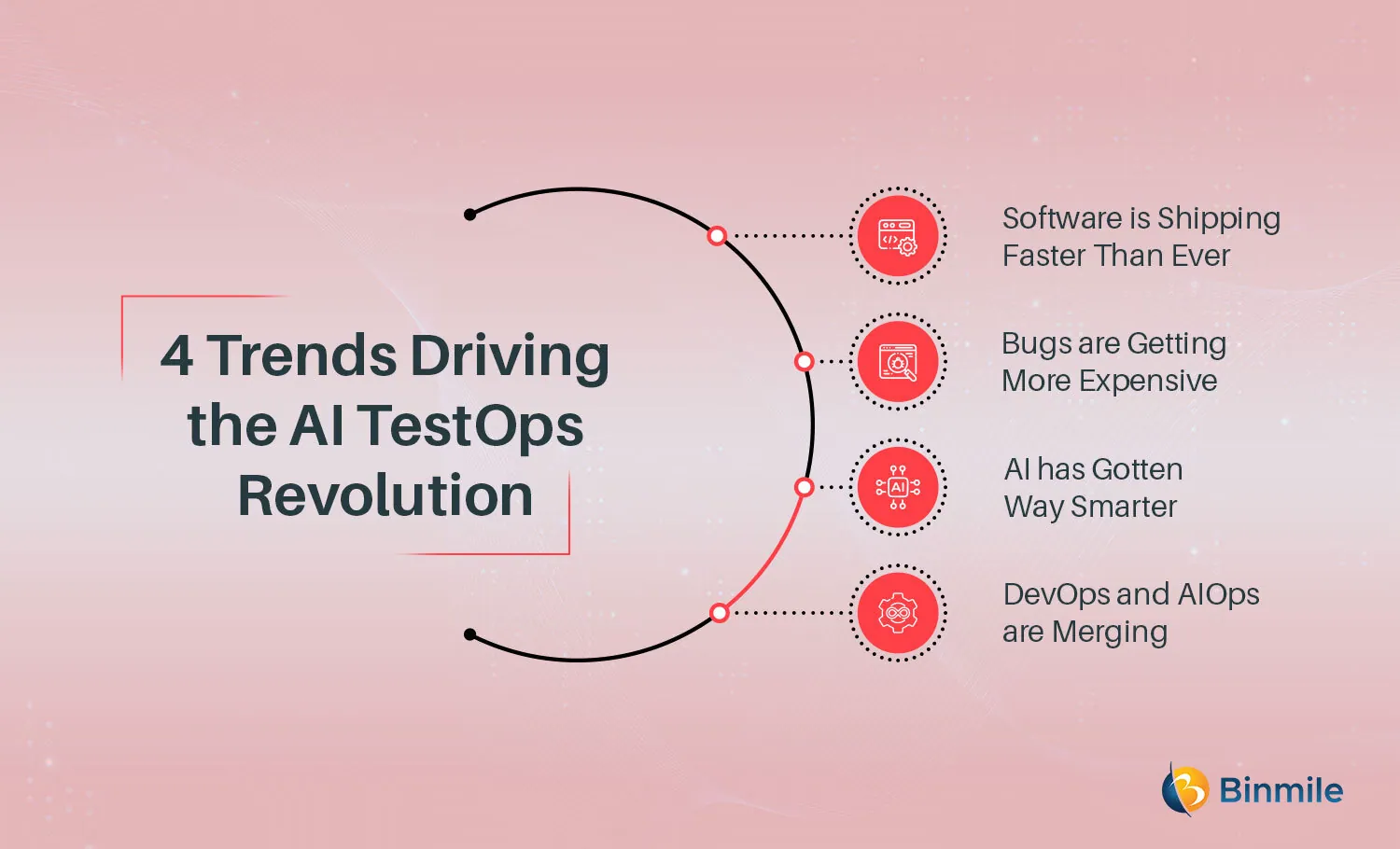
- Software is Shipping Faster Than Ever: As we mentioned earlier, companies are releasing updates every day, even every hour. But testing hasn’t kept up. It’s still slow and manual. This gap needs a smarter solution, and AI TestOps fills it well.
- Bugs are Getting More Expensive: One serious bug can cost a company hundreds of thousands, even millions, in just an hour. Going by the current scenario, a small mistake can mean lost money, lost users, and lost trust. AI TestOps helps catch issues before they cause damage.
- AI has Gotten Way Smarter: Tools suchas ChatGPT, Claude and Copilot have shown how powerful AI can be. Now, AI can understand code, user behavior, and business logic thus making intelligent testing a bit more powerful.
- DevOps and AIOps are Merging: Teams are tired of jumping between tools. They want everything, from testing, monitoring, fixing, and launching to happen in one seamless workflow. AI TestOps makes quality part of the flow an intelligent function rather than an isolated step.
How Does AI TestOps Work?
Let’s break it down through a real-world scenario! Imagine your team just built a new search feature for your app. In an AI TestOps pipeline, this is what would happen:
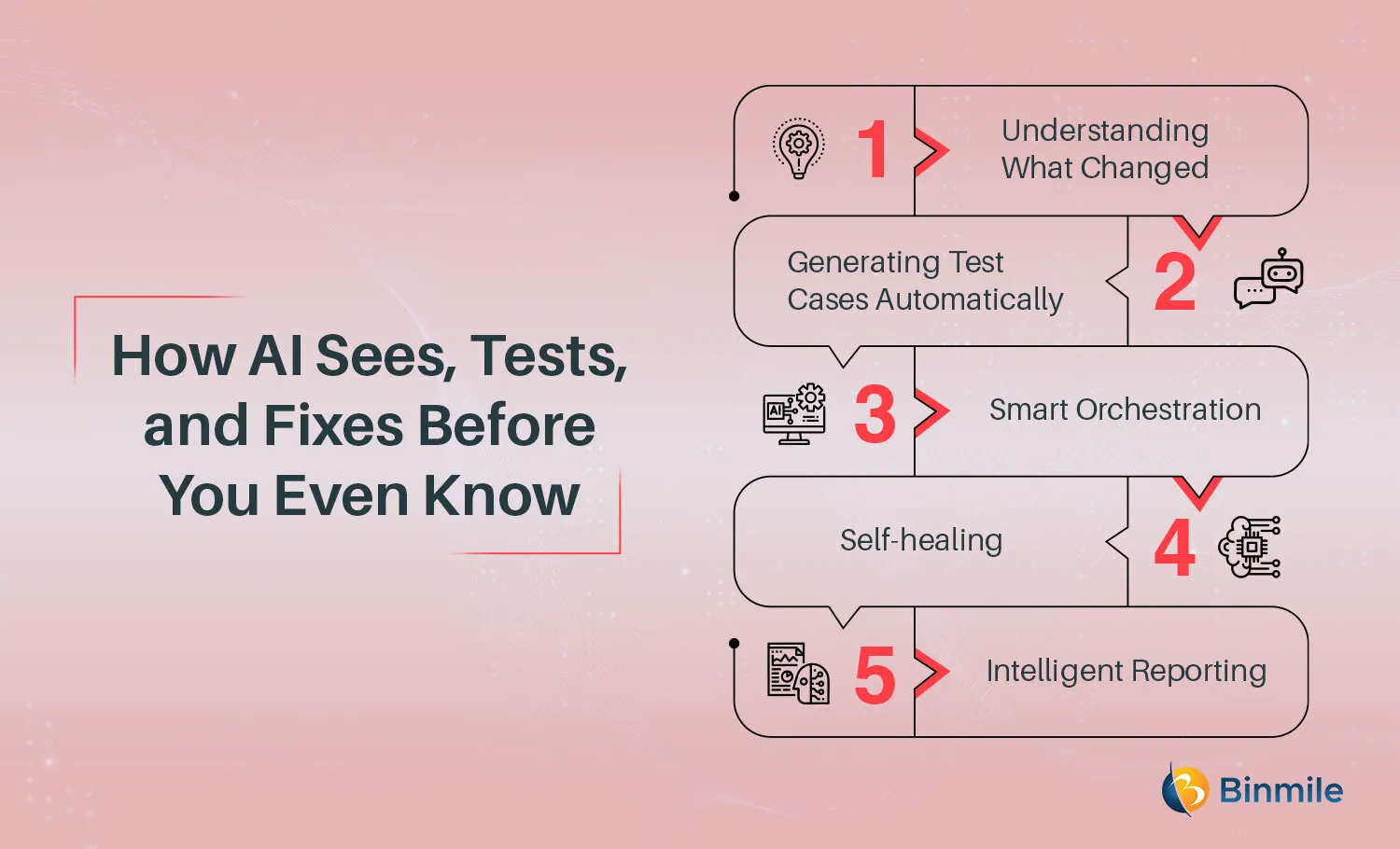
- Understanding What Changed: AI analyzes your pull request or Jira ticket and understands what was added or modified. Much like a new search bar or filter logic.
- Generating Test Cases Automatically: Based on the change, AI creates comprehensive test cases. All this includes UI flows, API validations, performance checks, and even edge cases often missed by manual testers.
- Smart Orchestration: The AI runs tests in parallel across browsers, devices, and environments. It prioritizes the most risky or business-critical paths first, eliminating long regression cycles.
- Self-Healing: If your front-end structure changes (like a button ID update), AI automatically adjusts the test scripts in real-time, avoiding false failures and script maintenance headaches.
- Intelligent Reporting: Instead of overwhelming logs, you receive a clear summary: “Filter X breaks when combined with Price Sort. Affects 34% of active users. Fix recommended before deployment.” This end-to-end autonomy saves time, reduces cost, and enhances product quality.
Not Just Hype: Here’s How AI TestOps is Making a Real Difference
So far, we’ve talked about the concept. Now let’s look at how real companies are using AI TestOps to solve real problems:
- Walmart applies AI to monitor app performance and test user journeys in real time. If something breaks, the AI alerts its team and even suggests fixes. This brilliantly helps avoid issues before customers notice.
- Facebook (Meta) makes use of machine learning to automatically generate tests and prioritize the most important ones. This lets them test new features quickly without slowing down daily deployments.
- Charles Schwab uses a tool called Mabl to create tests automatically and fix them when things change. They cut test maintenance by 60% and now release updates with more confidence.
- Adobe uses AI to monitor test results and predict failures before they happen. This enables their Engineers to fix problems beforehand and also speed up their releases.
This isn’t just a trend, it’s a transformation. According to Gartner, by 2027, 80% of enterprises will have adopted AI-augmented testing tools, a dramatic rise from just 15% in 2023. Organizations embracing AI TestOps are already witnessing up to 65% faster release cycles and 70% reductions in QA costs, redefining what’s possible in software quality assurance.
Binmile’s Fintech QA Success: Business Use-case
One of our fintech clients used to release new software updates just once a week. Testing took a lot of time and effort, which slowed everything down. After switching to AI TestOps, things changed rapidly. The AI started creating test cases automatically and could fix broken tests on its own. It also helped decide which tests were most important, so the team didn’t waste time running everything.
As a result, the client was able to move to daily releases instead of weekly. Moreover, their overall testing process became 70% faster. Now, they deliver updates quicker, catch bugs earlier, and spend less time fixing tests.
Why 2025 Is the Tipping Point?
Here are the market dynamics that make this necessary:
- Agile releases demand fluid QA
- The cost of defects is too high to ignore
- Enterprises are already investing heavily in AI-first quality engineering
Today, three forces converge:
- Velocity: Releases measured in days or hours, not weeks
- Cost: A single severe bug can cost six-figure damages per hour
- AI maturity: Smart models, better NLP, visual testing, risk modeling
Together, these forces make autonomous QA not a nice-to-have; it’s non-negotiable.
What the AI TestOps Pipeline Looks Like
To visualize a standard AI TestOps pipeline, here’s a simplified breakdown:
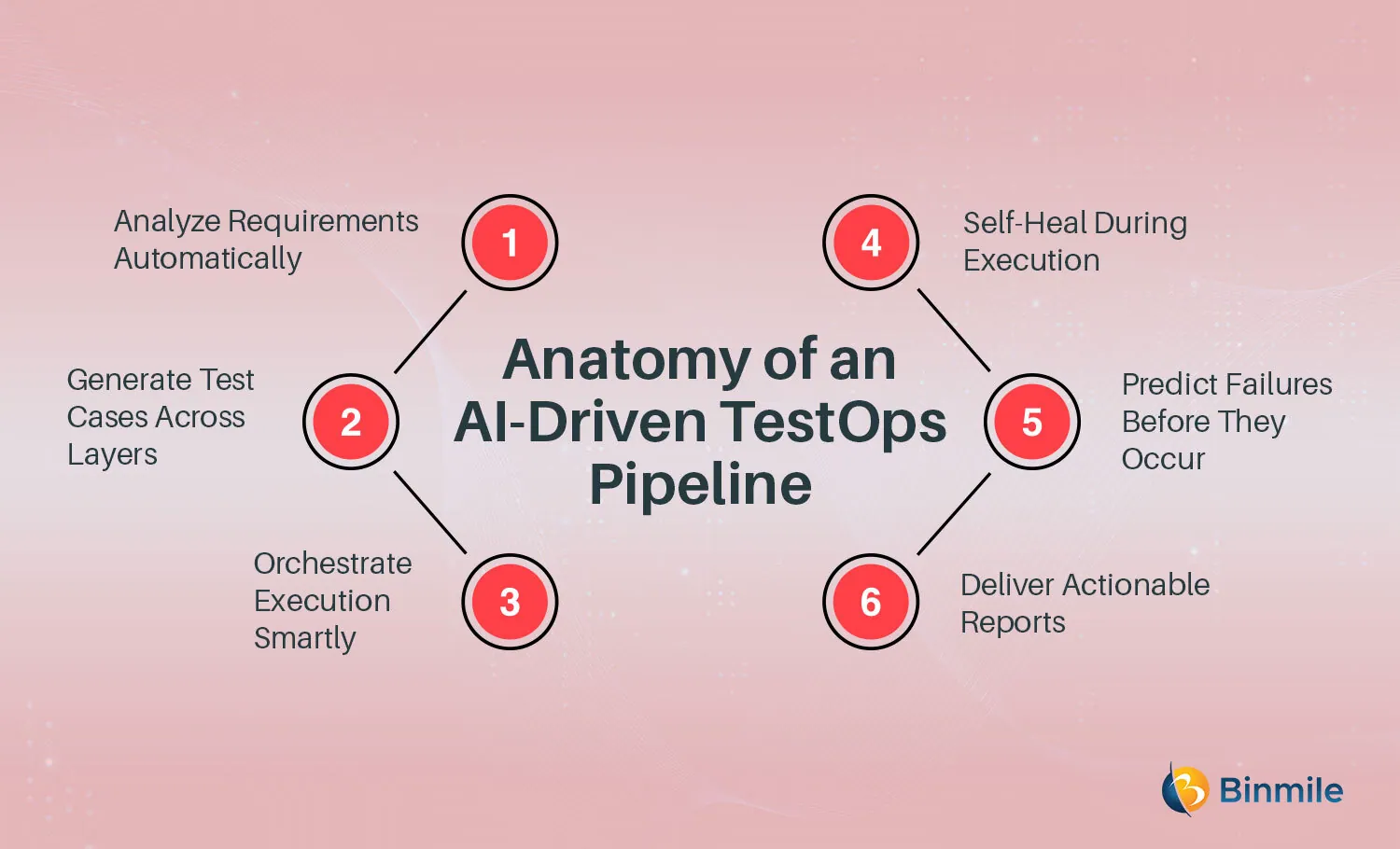
- Analyze Requirements Automatically: AI scans user stories, tickets, or code diffs to extract testing logic and generate test plans.
- Generate Test Cases Across Layers: Unit tests, integration tests, UI flows, performance checks, and edge cases are created based on context.
- Orchestrate Execution Smartly: AI determines test order based on failure probability and business impact.
- Self-Heal During Execution: If UI elements change, tests adapt without human intervention.
- Predict Failures Before They Occur: AI forecasts potential points of failure and focuses testing efforts accordingly.
- Deliver Actionable Reports: Dashboards surface risk areas, test debt, unstable modules, and historical trends.
This approach turns QA from a reactive checkpoint into a proactive quality engine.
What’s Coming by 2030 in Software Quality Engineering?
In five years from now, here’s what AI TestOps might look like:
- You’ll talk to your QA bot: “Test the login flow with a fake email, delay the OTP by 10s, check the error.”
- Testing will be fully embedded in Git workflows—triggered, run, healed, and reported automatically.
- Exploratory testers become AI trainers—curating edge cases, reviewing risks, and improving models.
In essence, quality assurance will shift from manual execution to machine-augmented intelligence. Manual testing won’t die. But it is sure to evolve into something more strategic, creative, and intelligence-driven.
Final Thoughts: Why Should You Care Now?
Testing is not just a phase anymore. It’s a revenue-saving engine. If your team still writes test cases manually, waits hours for regression, misses critical bugs, and struggles with flaky scripts, then it’s time to rethink your approach. AI TestOps is not about replacing your QA team. It’s about amplifying them, freeing them, and making them superheroes again.
At Binmile, we help companies move from slow, manual QA to fast, smart AI-powered TestOps pipelines. We don’t just install tools. We design intelligent systems that work with your stack, data, and speed. Whether you’re a startup scaling fast or an enterprise modernizing your QA, we’ve done it before. We’ll do it for you.
Ready to modernize your QA? Let’s build your AI TestOps pipeline, together!
